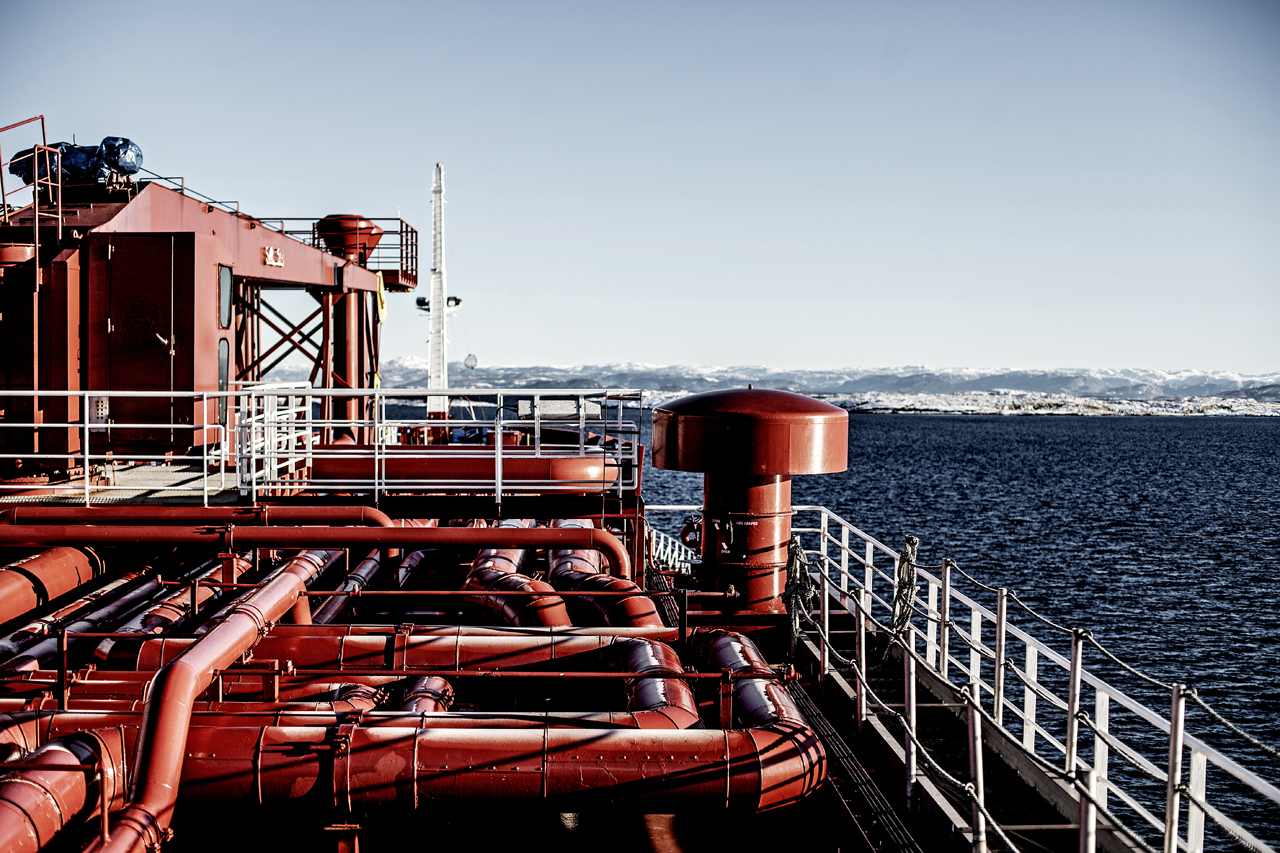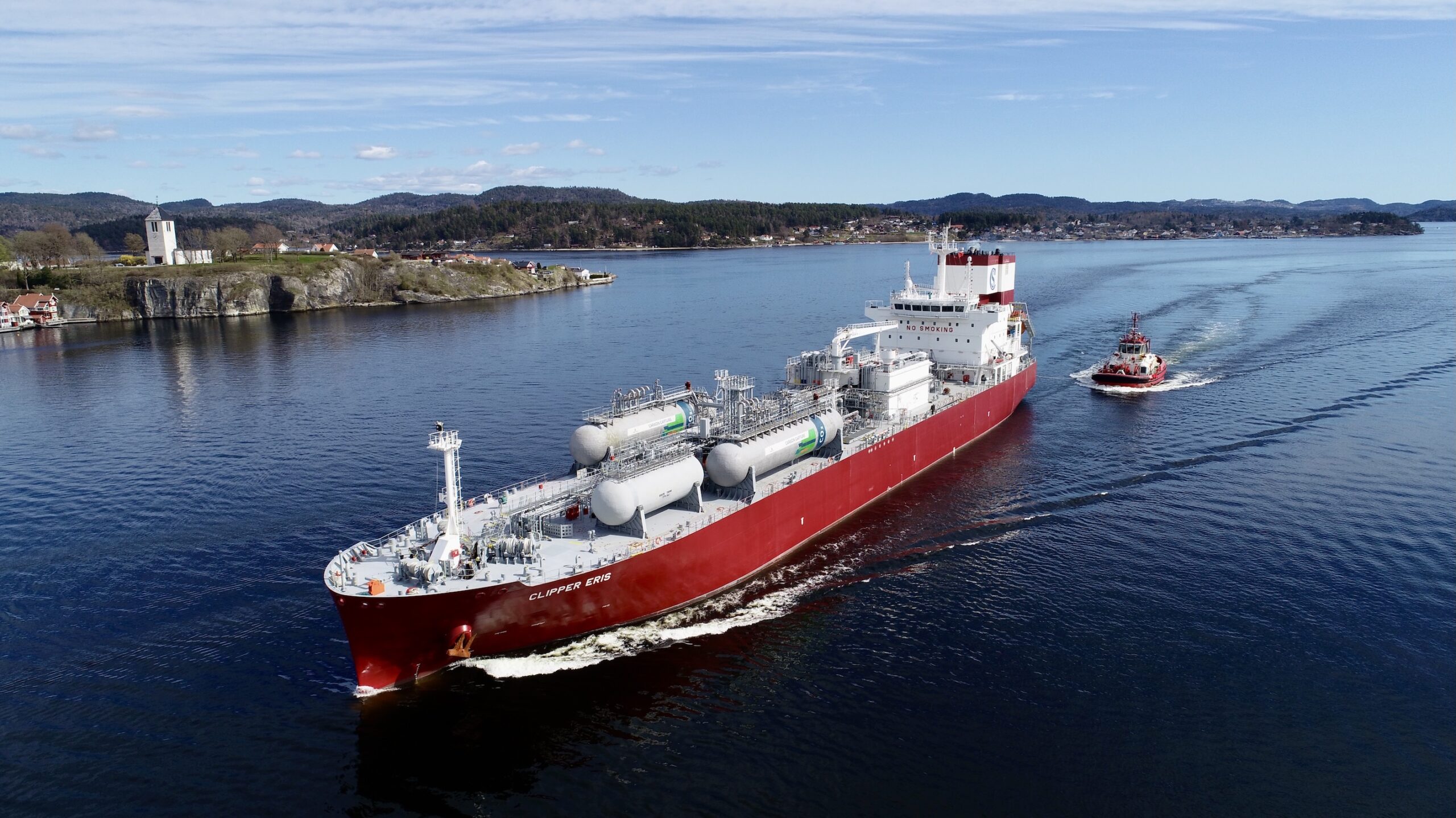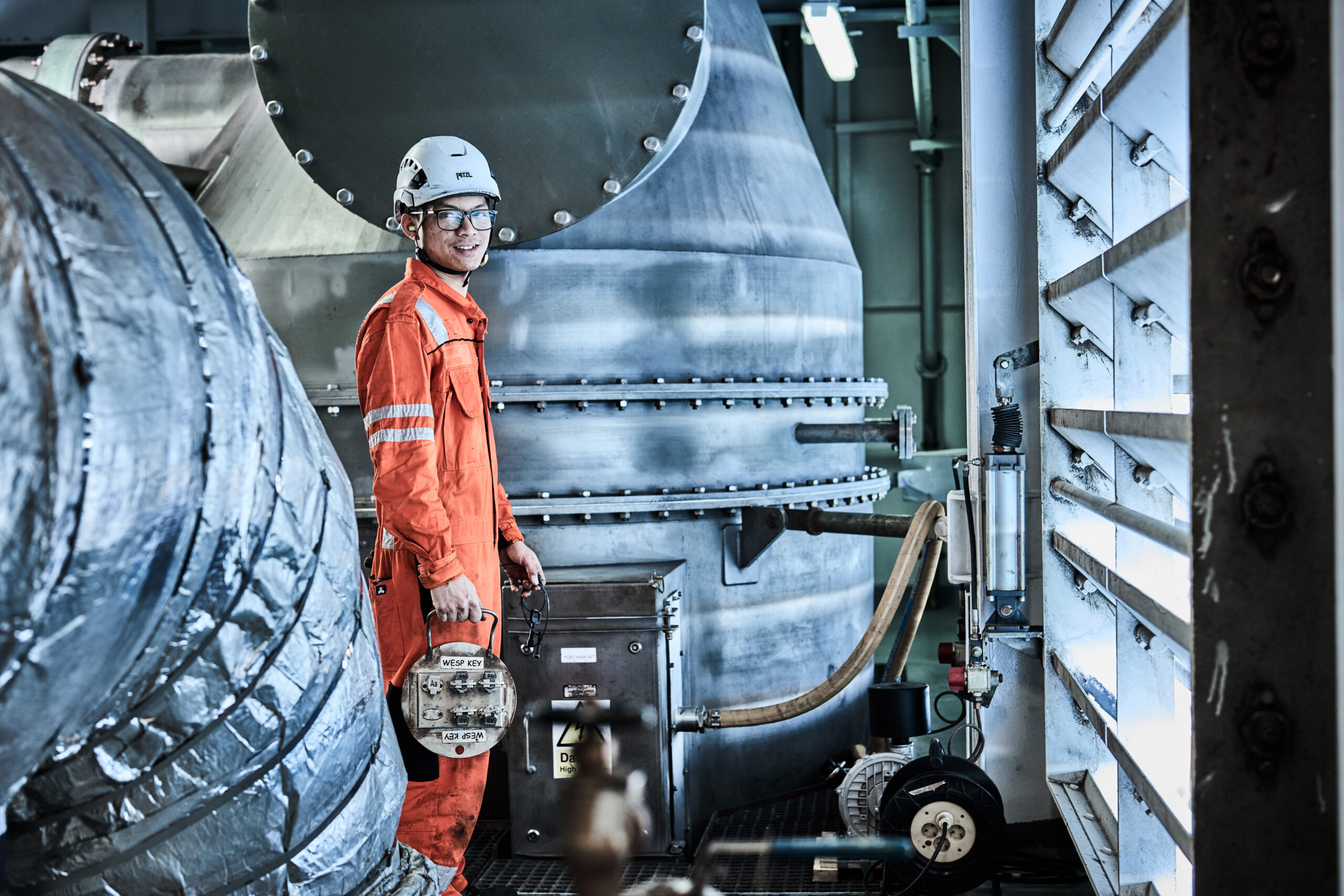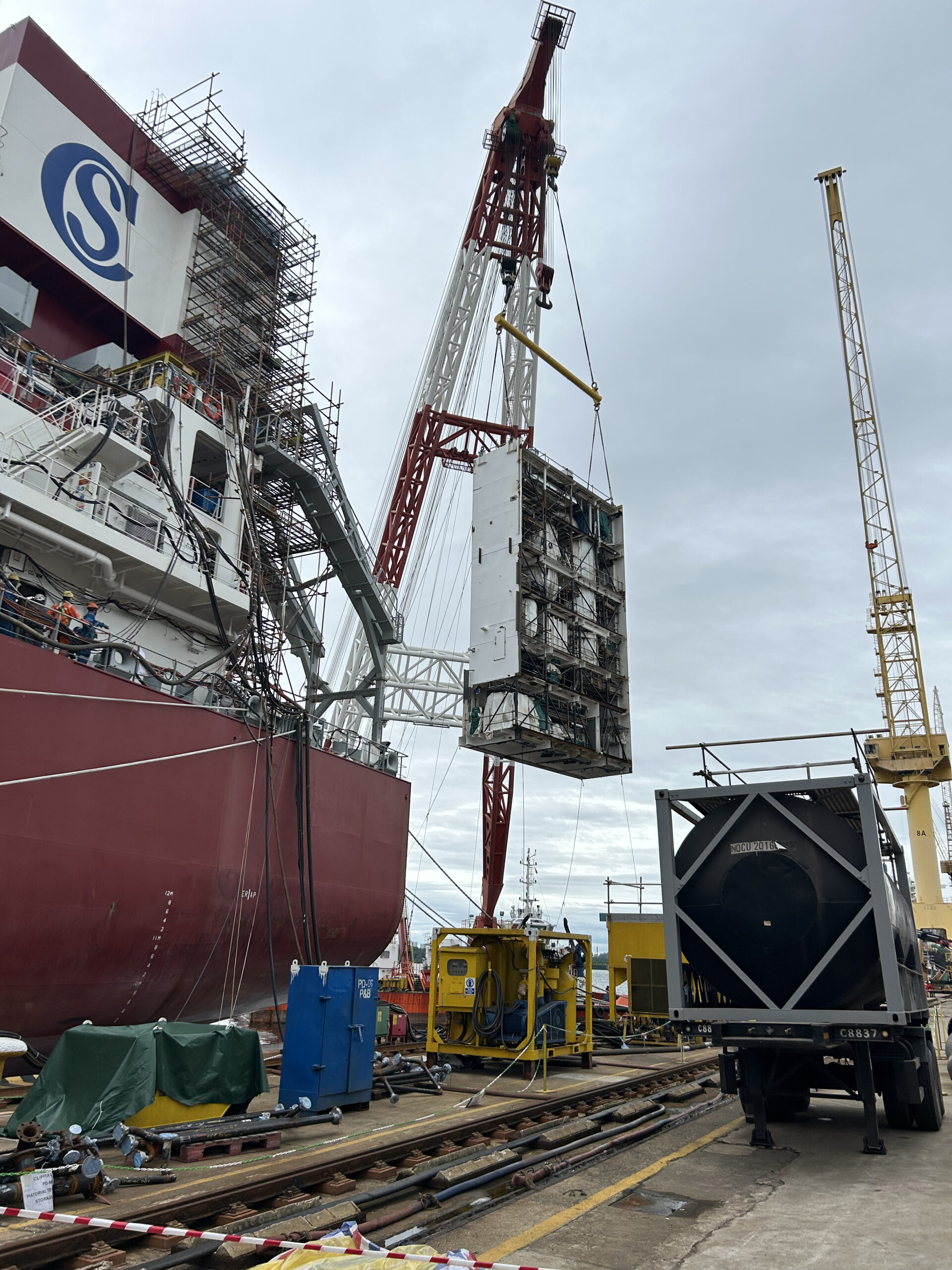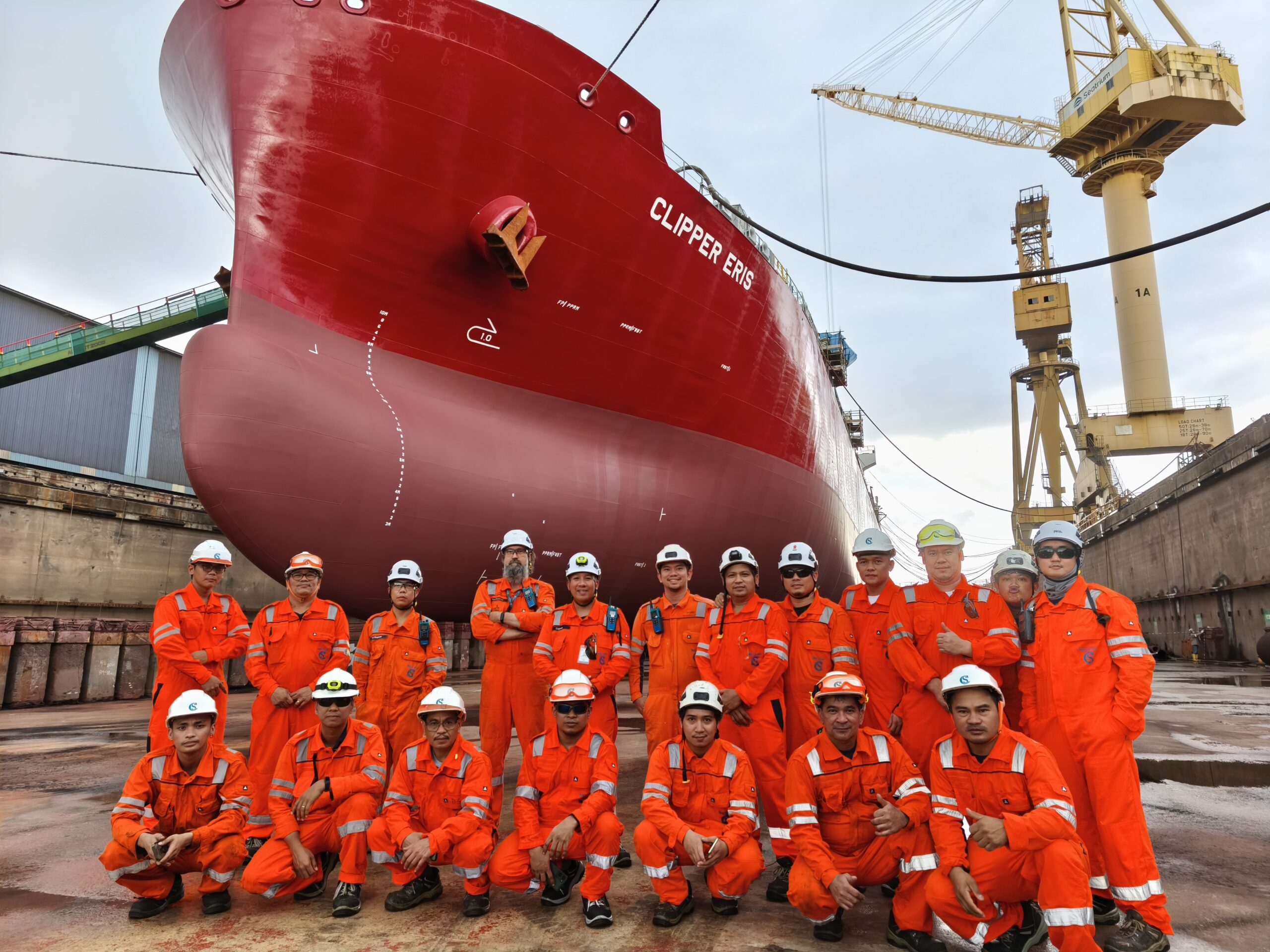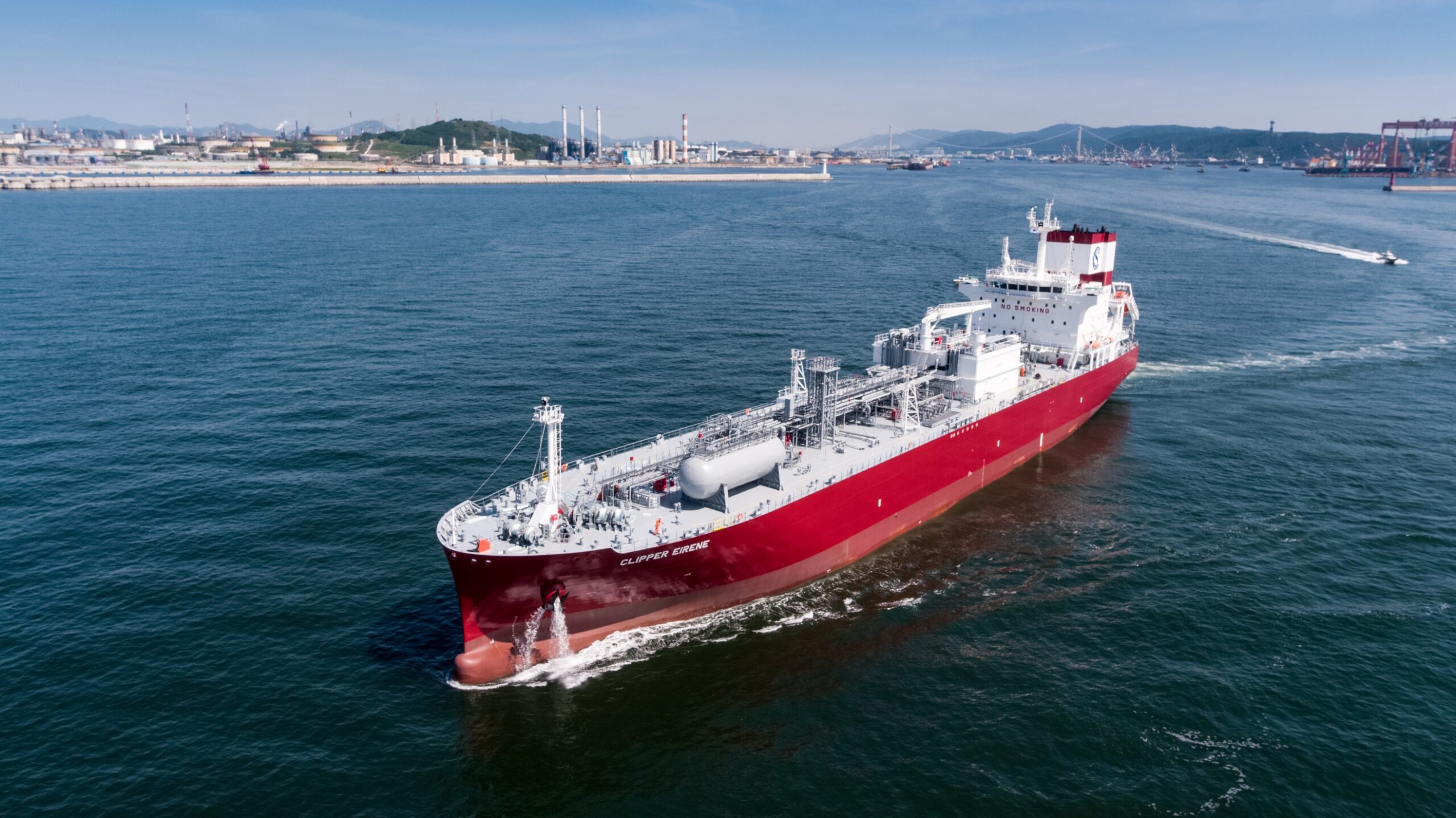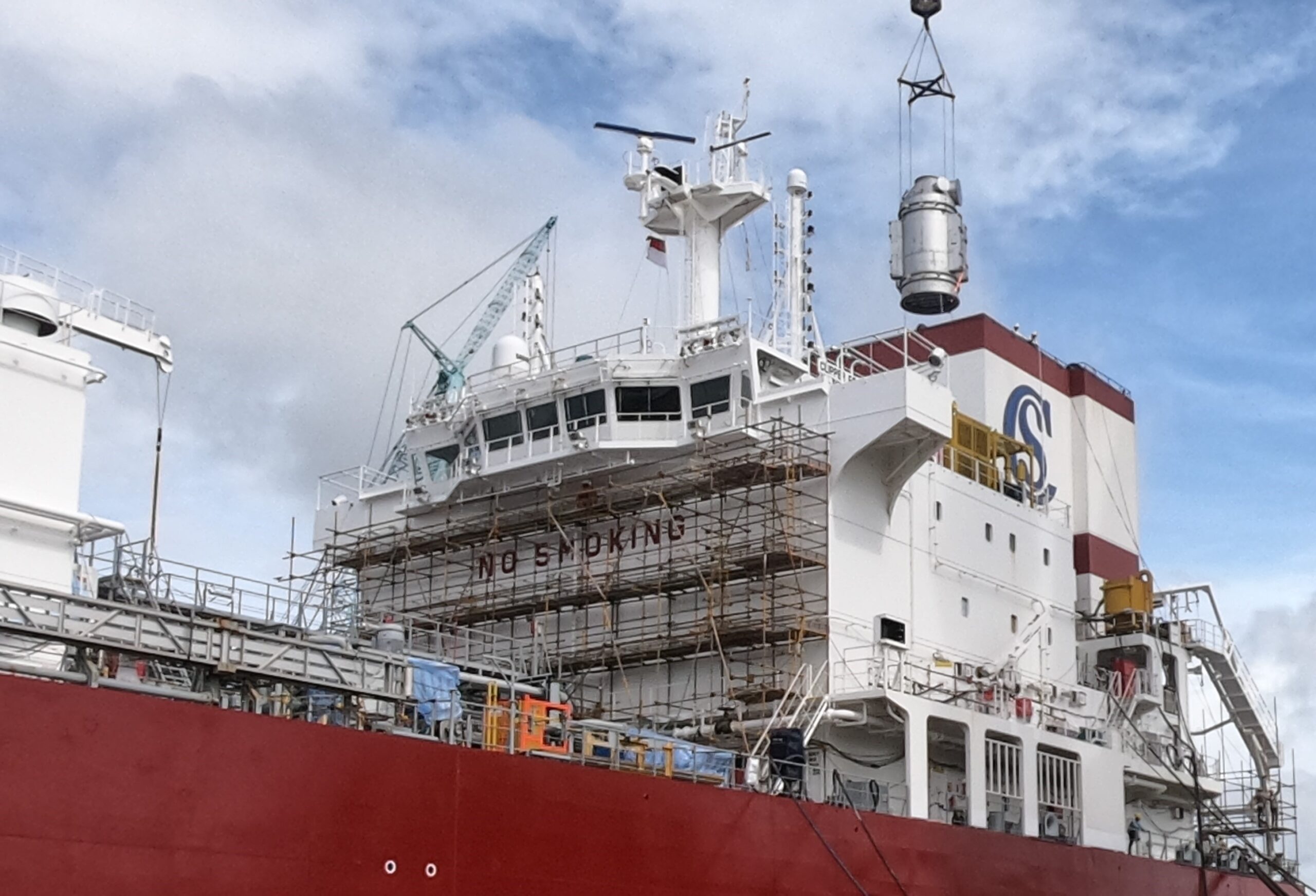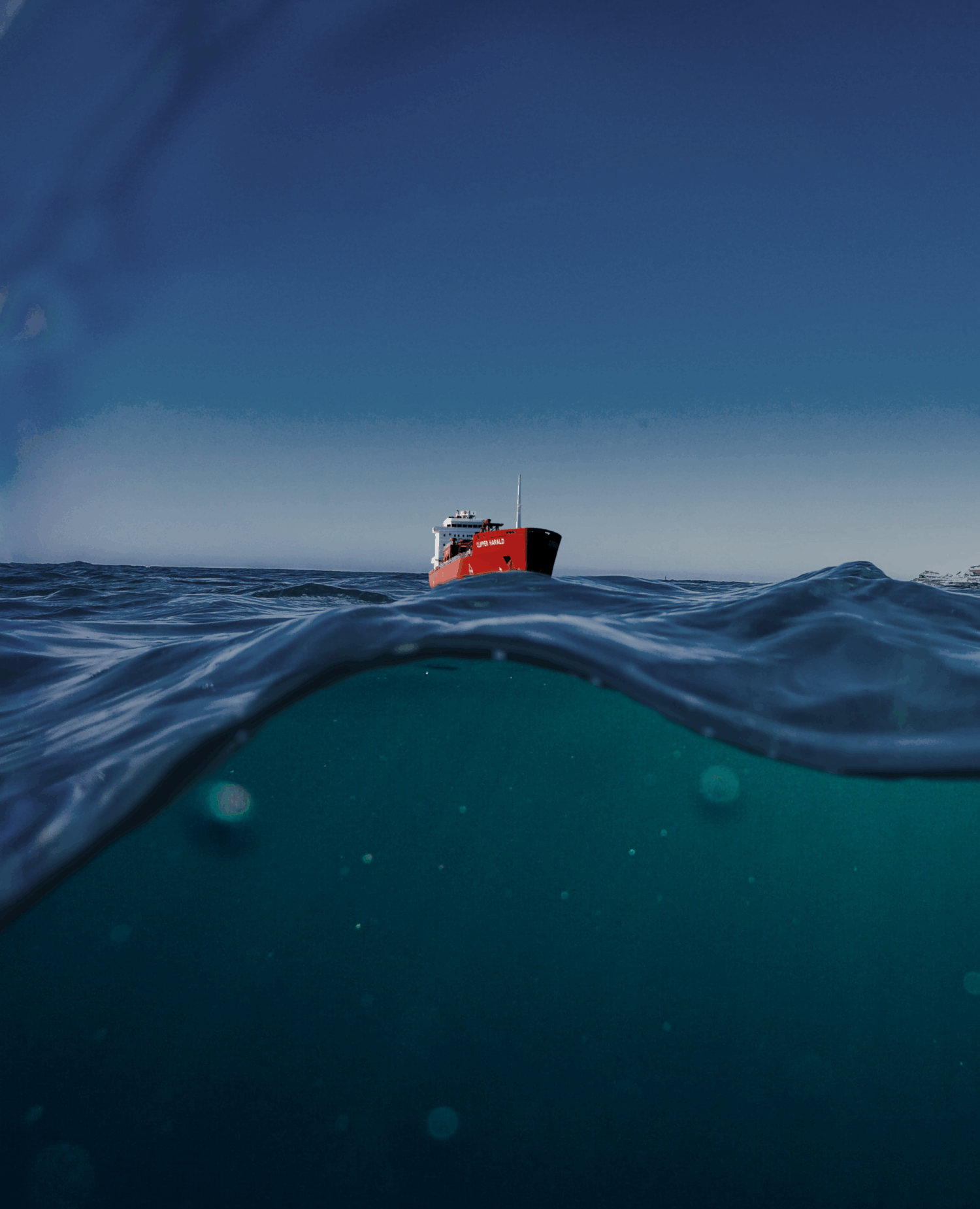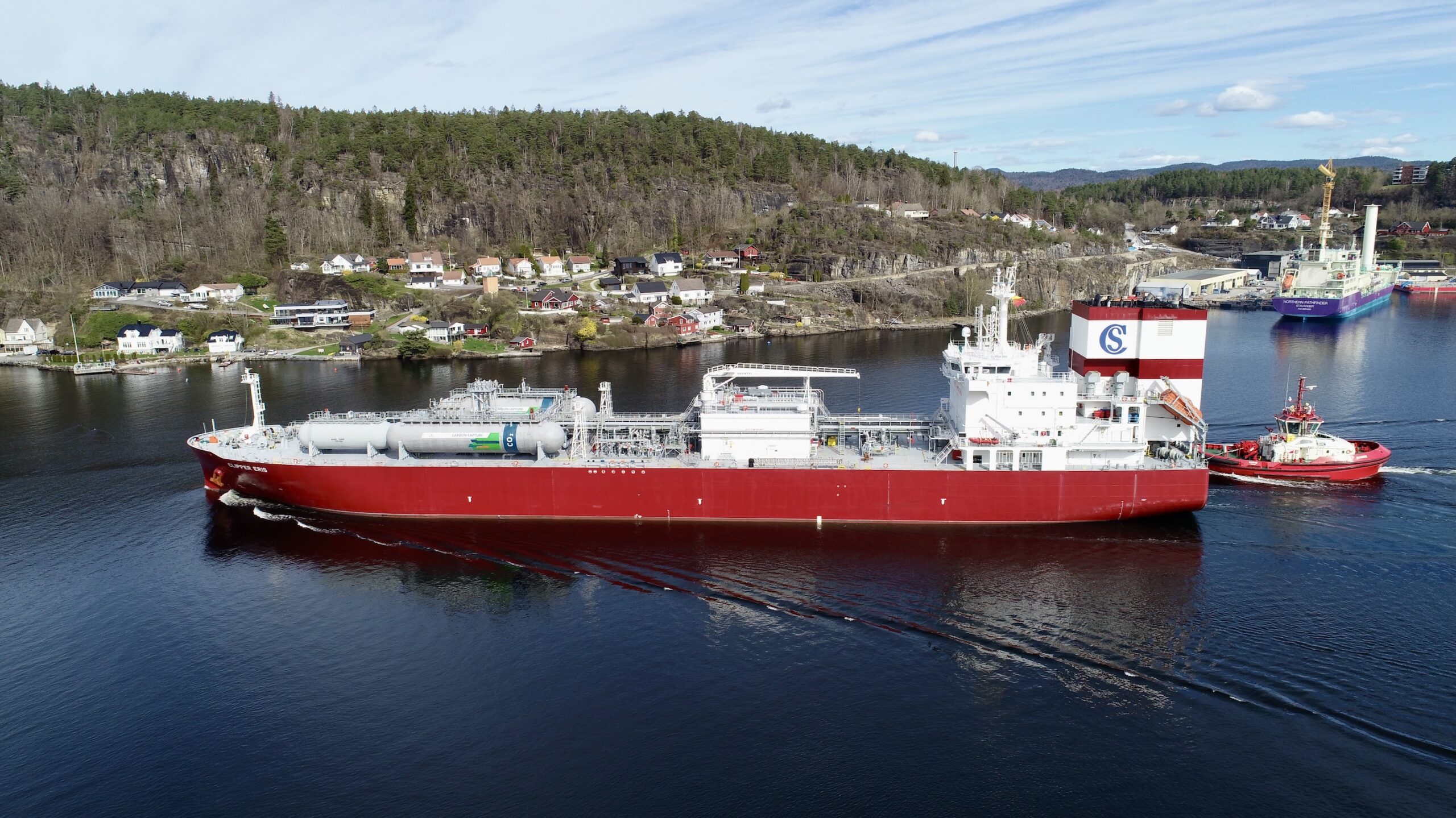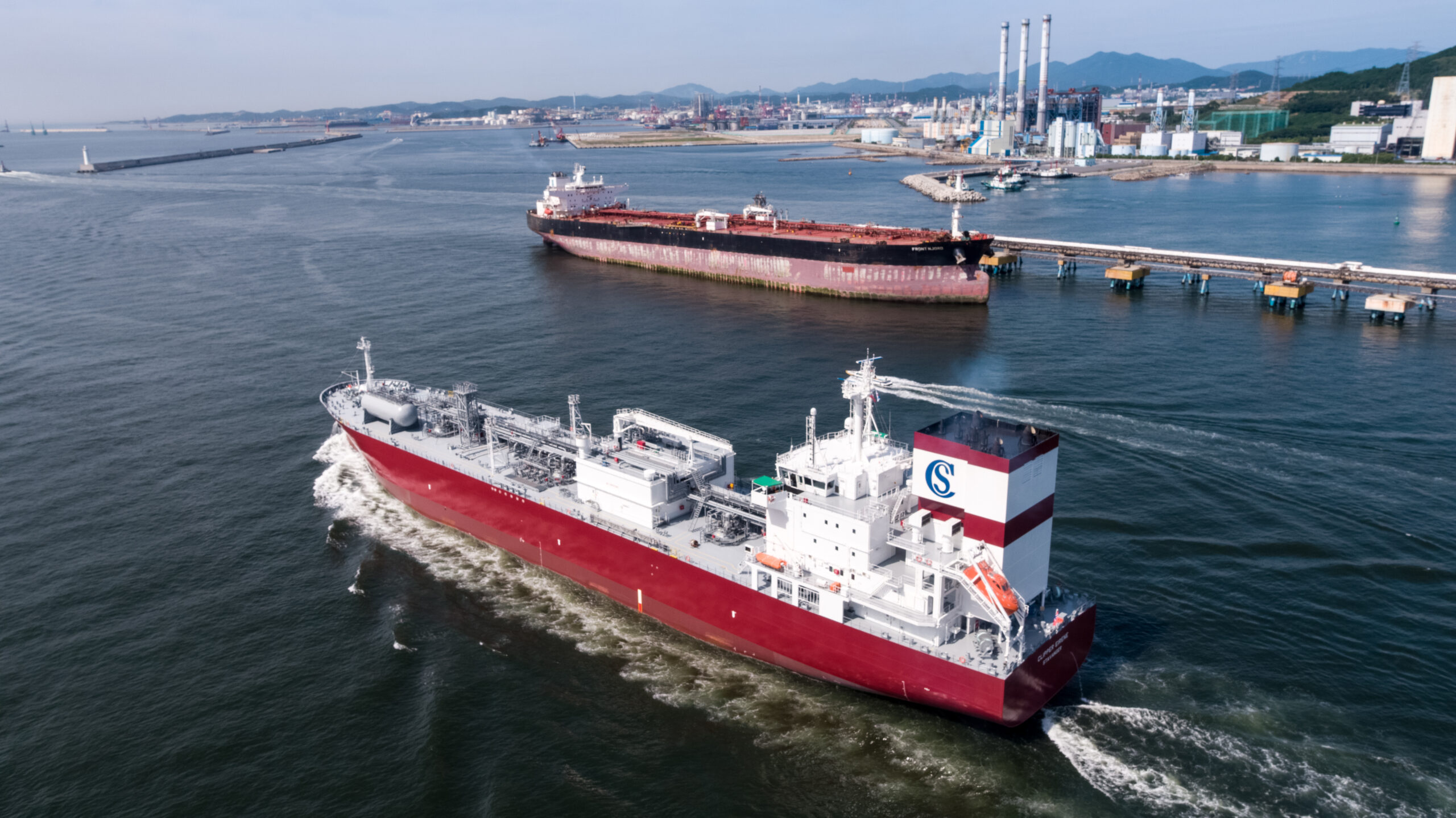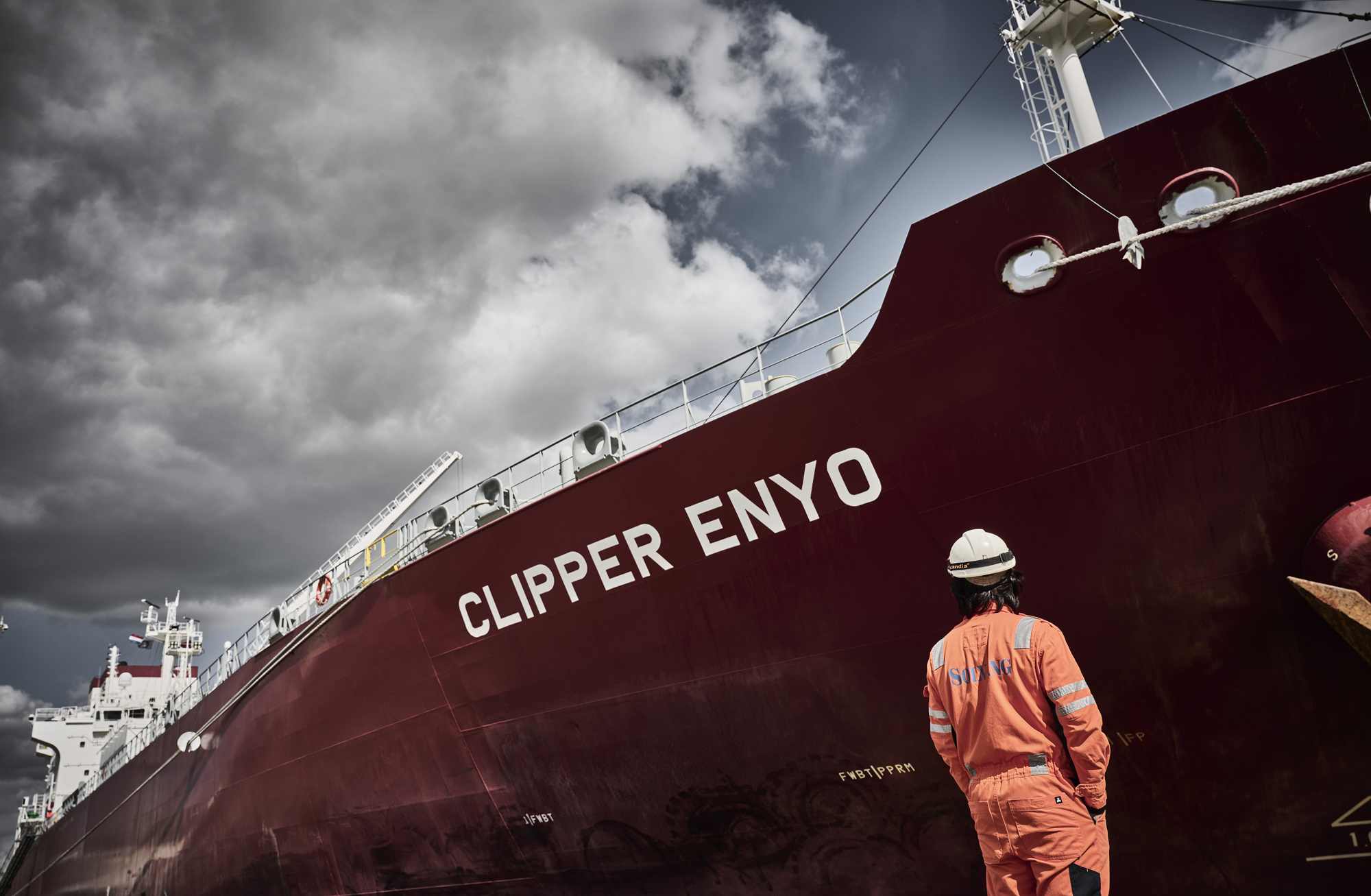In the case of oil, only 10 percent of the source energy is wasted in refining and transforming the energy, according to the International Energy Agency IEA.
Possible future fuels can be divided into the following groups:
• Conventional fossil fuels; HFO, VLSFO, MGO, LNG and LPG (with or without CCS)
• Biofuels
• Hydrogen and ammonia (conventional and e-fuels)
• Synthetic e-fuels (gaseous or liquid fuels produced from hydrogen and carbon captured by using renewable electricity)
• Electric power from batteries charged from the grid
Biofuels
Biofuel may replace conventional fossil fuels with only minor modifications to the engine and fuels systems.
When assessing the emissions from well-to-wake, fuel from a clean biological source may reduce greenhouse gas emissions by 75-80 % compared to marine gas oil (MGO). However, this requires correct use of engine technology and clean energy sourcing.
The well-to-wake approach is crucial when assessing the total GHG emissions. For example, biofuel from palm oil may increase the overall GHG emissions with up 200-300 %.
GHG-neutral e-fuels
GHG-neutral e-fuels represent an artificial fuel type processed from GHG-free electricity, water and air. E-fuels may be e-diesel or e-LNG with the same properties as the standard fossil counterpart. Ammonia and hydrogen are other potential GHG-free e-fuels, assumed being processed by renewable electricity or fossil fuels with CCS.
Both IMO and EU now set a GHG intensity target for maritime fuels, well-to-wake. All important GHG compounds must be included in the measure. The target is to successively lower the GHG emissions from fuel used in the maritime industry. In practical terms, shipowners will need to use a mix of conventional bunker and alternative fuels such as e-fuel or sustainable biofuel. Output will be ensured by punitive taxes levied upon shipowners not able to comply. Mechanisms to ensure benefits of possible over-compliance are currently being discussed.
But the big challenge with all e-fuels is the large energy losses during production and the massive global lack of GHG-neutral electricity from renewable sources.
Total energy input Well-To-Wake / Delivered propulsion energy
E-fuels have a large energy loss during production. The global lack of GHG-neutral electricity from renewable sources make e-fuels unfit for deep sea shipping today.



